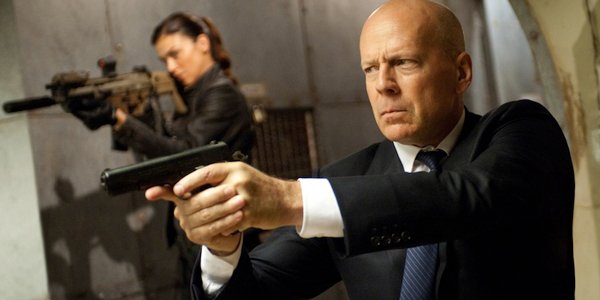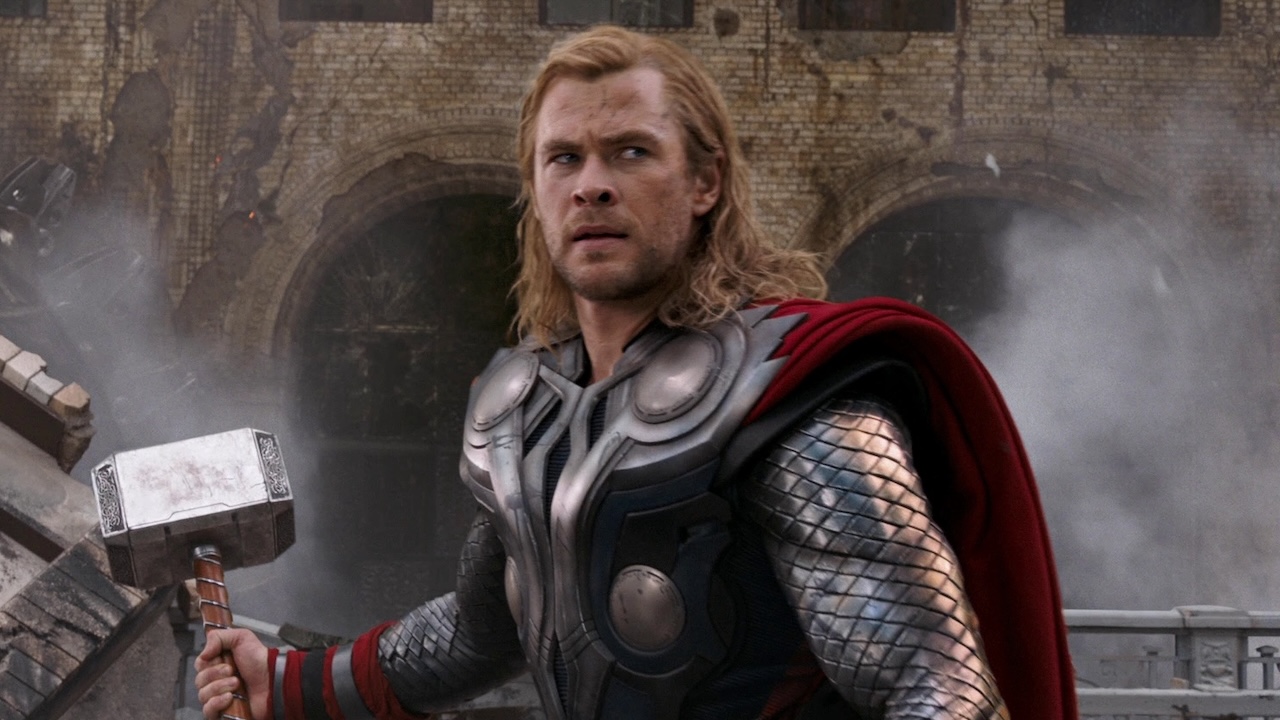To 3D Or Not To 3D: Buy The Right G.I. Joe: Retaliation Ticket

Your G.I. Joe Saturday morning cartoons were never in 3D, and neither were the comic books. So why does a movie based on them have to be?
Well, the short answer is "because it's a big blockbuster, and nearly all of them in 3D these days," but you probably knew that already. G.I. Joe: Retaliation had its release delayed a full 9 months so that it could be post-converted into 3D, and it's the first big movie of a year that will see a whole lot of 3D in nearly every movie big enough to justify it. But does Retaliation earn that status? Can it be one of the few post-converted 3D movies to actually be worth the cost? That's what we're tackling in the latest installment of To 3D or not to 3D, in which we break the film down point by point to help you figure out which ticket to buy. For a review of the film, click here, and then join us as we ponder whether The Rock's muscles really do merit a third dimension.
Does 3D Fit?
?Based on a series of comic books and toys and Saturday morning cartoons, G.I. Joe: Retaliation is similar enough to animated films that you'd think the 3D would fit as well as it does to those. More important, it's also a giant blockbuster, and those are practically required to come with 3D these days. But it's also a much more realistic action film than, say, Jack the Giant Slayer, and doesn't include nearly as much CGI as, say, Transformers. Sure, The Rock's giant muscles look great in 3D-- but tragically, they're not in enough shots to entirely justify it.
Fit Score: 3/5
Planning & Effort?
?
G.I. Joe: Retaliation is a throwback to the bad old days of post-Avatar 3D, when studios would take already-completed films through the 3D process for the sake of getting a few extra bucks, even though no one who made the film had planned for 3D. Retaliation was supposed to come out almost a full year ago, until Paramount pushed back the release specifically to convert it to 3D, "because we've seen how it can better box office internationally." At least they get points for honesty, and not trying to pretend there was a single artistic reason for the switch.
Your Daily Blend of Entertainment News
Planning & Effort Score: 1/5
Before the Window?
?A film that's shot in 3D or at least planned out for 3D can take advantage of the "before the window" element of 3D, where they can send things flying of the screen and at the audience. G.I. Joe had no such planning, and the before the window moments here are nonexistent. This isn't exactly the kind of movie that usually takes advantage of them, sure, but in the cartoonier action scenes it would have been a really fun addition.
Before the Window Score: 1/5
Beyond the Window
?"Beyond the window," the term we use for the depth of field seen in 3D, is something you can take advantage of a little more in post-converted 3D, and Retaliation has some surprising moments of depth. The standout action scene, with ninjas flying on cables across a sheer mountain face, also uses depth exceptionally well, giving even the hardiest audience members vertigo. But other scenes, set inside closed rooms or at an army base at night, have no particular depth whatsoever-- mostly because they didn't plan to take advantage of it at all.
Beyond the Window Score: 3/5
Brightness
?We've moved past the era when films post-converted into 3D wouldn't even attempt to account for how much dimmer the screen gets once you put on 3D glasses. Clearly in the post-conversion process someone bumped up the brightness of all the shots, and there's never really any point in Retaliation where the 3D keeps you from following the action. But the two big opening action sequences also take place at night, and the 3D does them no favors. If you can soldier through those first 20 minutes or so the brightness isn't an issue, but the dark opening scenes are just another argument of why the 3D conversion never needed to happen to begin with.
Brightness Score: 3/5
The Glasses Off Test
?We use the glasses off test as a pretty rough estimate of just how much 3D is being used. The blurrier the image is without the glasses, the more 3D effect you're likely to see when you put them back on. Doing this test in a few different scenes of Retaliation gives you different results, and as you'd expect, the least kinetic scenes-- like the President giving a speech or the Joes meeting inside a house-- have no real blur to speak of. Like almost everything else about the 3D in this movie, it's not impressive but not offensive either.
Glasses Off Score: 2/5
Audience Health?
Director Jon Chu is making his first action film, so you have to forgive him a bit for choppy action that jumps from shot to shot without really helping you know where you are. But it's hard to forgive Paramount for then slapping on a layer of 3D, which makes it only more difficult for the audience to orient themselves within the already fast-moving shots. I don't tend to get ill during 3D movies, but I was constantly disorienting-- so if "frustration" counts against the health score, then I was plenty ill after all.
Audience Health Score: 1/5
| SCORES RECAP | |
| 3D Fit | 3 |
| P&E | 1 |
| Before The Window | 1 |
| Beyond The Window | 3 |
| Brightness | 3 |
| The Glasses Off Test | 2 |
| Audience Health | 1 |
| Total Score | 14 (out of a possible 35) |
Final Verdict: You would think by now studios would have learned that post-conversion 3D, for movies that were never shot with 3D in mind, were a terrible idea. At the very least we can hope that G.I. Joe: Retaliation is the last time a studio attempts to so cravenly siphon more money off moviegoers. Unfortunately for us, it's hard to find non-3D showings of movies this big these days. But if you're going to catch G.I. Joe: Retaliation-- which is actually a pretty fun movie, all told-- do your best to avoid the 3D charge. Send the message that we're too smart to put up with shoddy conversions like this.
This poll is no longer available.
Staff Writer at CinemaBlend

